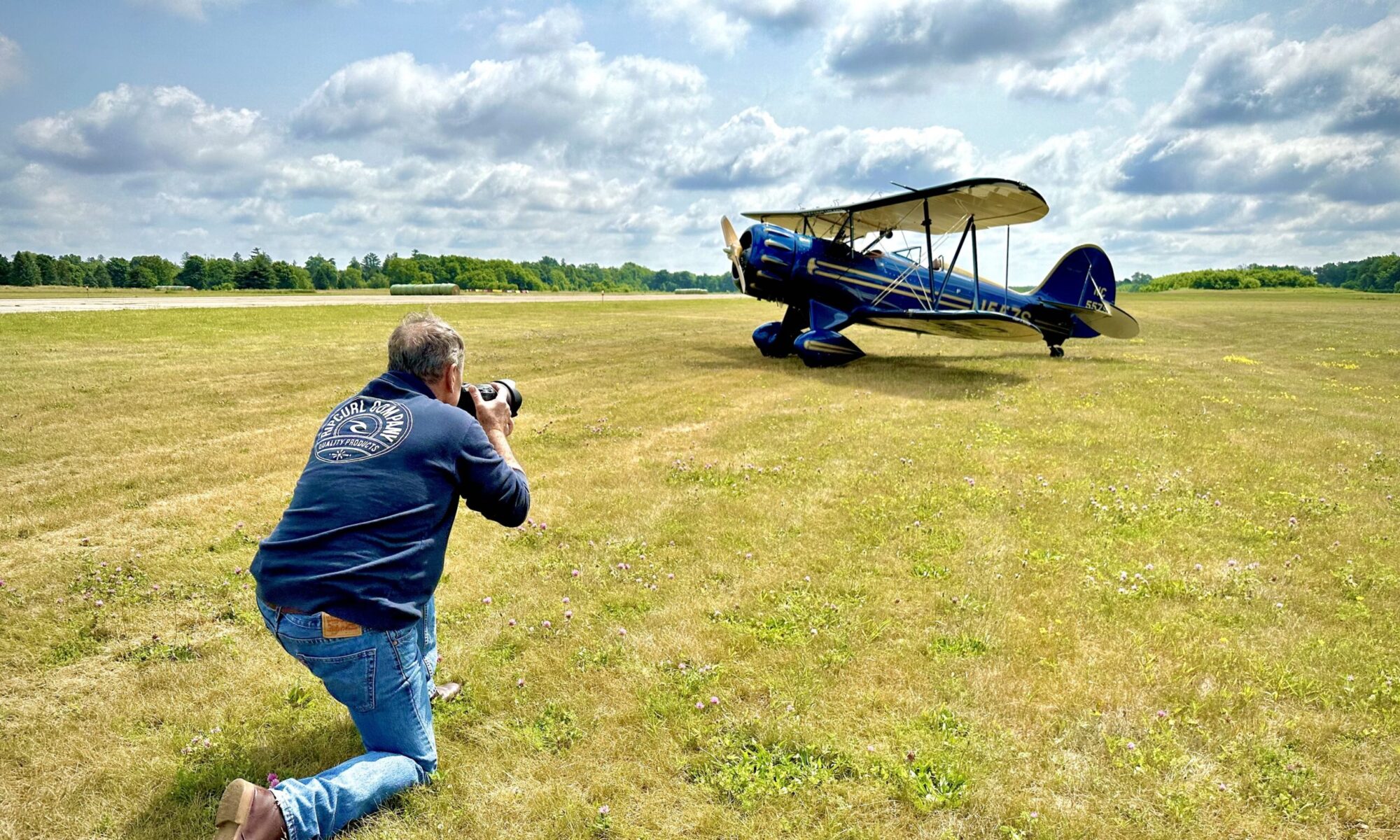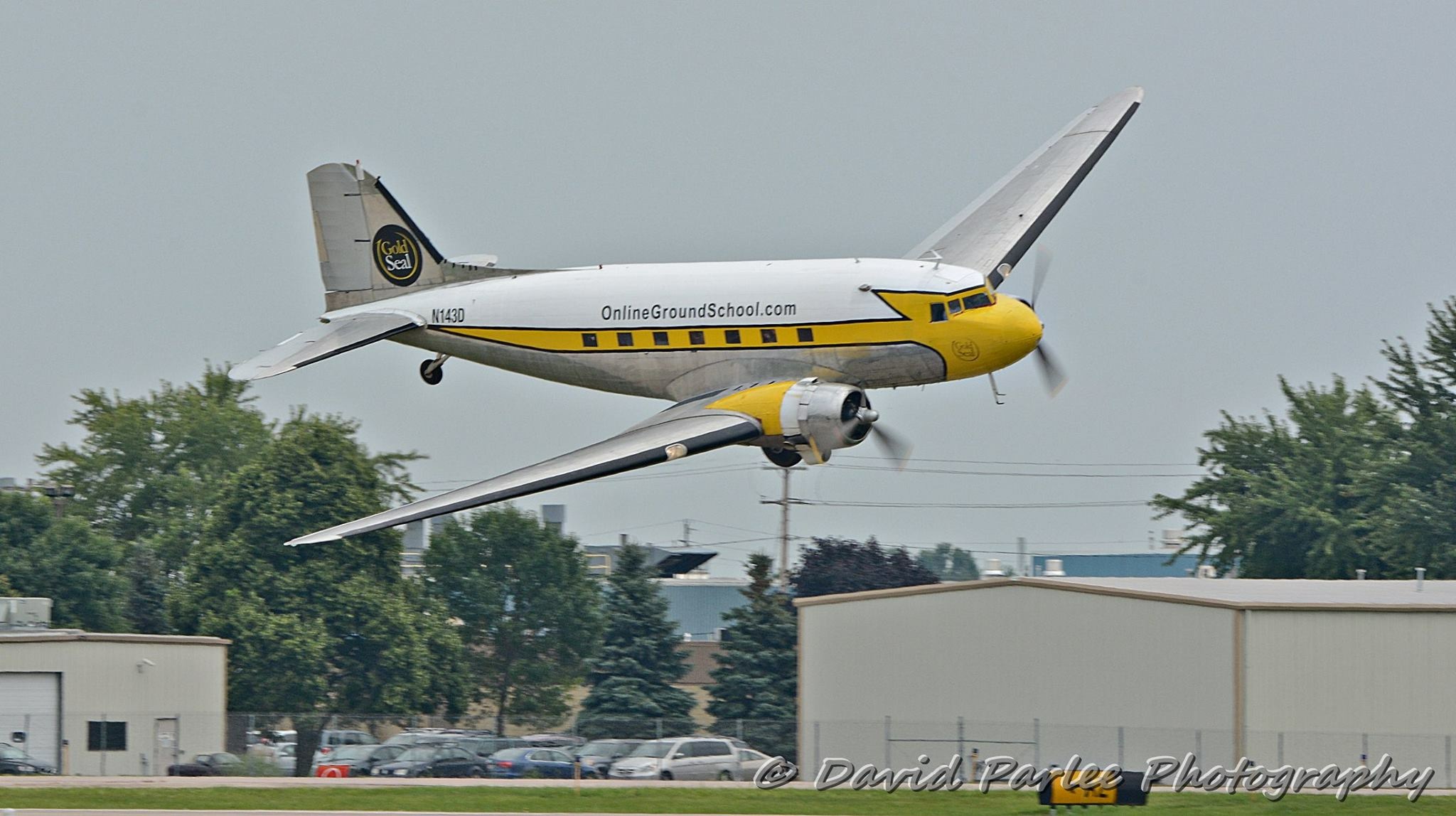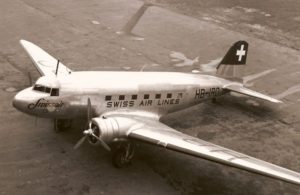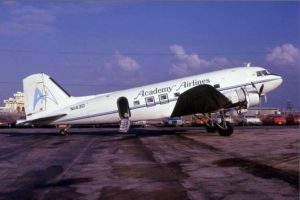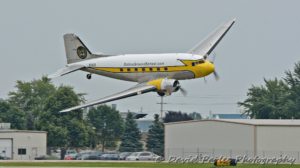We’d traveled to Santa Monica on the day before, to celebrate the 75th anniversary of the DC-3’s first flight. Because the weather on the actual day, December 17, 2010, threatened low clouds and rain, we planned to fly with a friend in Betsy’s Biscuit Bomber, a C-47 based in Paso Robles, on the afternoon of the 16th, from the Santa Monica Airport at 3:30 pm, to match the time that Carl Cover first took a Douglas Sleeper Transport to the skies in 1935.
But we had time to kill—a dangerous thing for a pilot crew—so I told my pals Dan and Matt that we’d drive down San Vicente Boulevard, so that we could see the house that Donald Douglas had designed and built, in 1927, for his family. Well, what we *could* see of it, hidden behind its long stucco walls.
We parked and walked along the sidewalk to the front gate, which had been braced with the Olde English style lamps that Doug favored. I peered through a crack…you couldn’t really see a thing from the road. “Should we see if anyone’s there?” said Dan. I hesitated. It never occured to me to ring the bell, to disturb whoever lived there. But it was early afternoon on a weekday—so in my mind, no one was likely to answer.
But someone did. And introducing himself as the house manager, the man asked what we wanted. Dan told him we were in town to celebrate the DC-3, that we knew the house as Doug’s own. And next thing we knew, the gate parted, opening onto a drive down which strolled Douglas, the kind estate manager, who offered to show us around.
I was stunned, not believing our luck. Jim Douglas, Doug’s son, had told me that he hadn’t seen inside the house since it was sold, following his parents’ divorce, in the mid 1950s.
We walked past the rose garden and around the back into the living room. The house was overjoyed with Christmas decorations, lending it a timeless, enchanted feeling. Douglas detailed the restoration work that the owner had completed—she was a native to the neighborhood, and most everything in the house was still original, as the only intermediate owner died without any money to remodel or fix things up.
He introduced us to the kitchen, the dining room, and the lounge, complete with its own pine-clad bar set into the wall. He showed us where the fallout shelter had been, and where Doug’s shop once stood—it was now an intimate movie theater, where once Doug had built models and tinkered with inventions with his children.
Finally, we stood in what had been Doug’s study, and I took in its somber, yet inviting warmth. I imagined his books lining the shelves—knowing that he kept special ones locked away in a hidden cupboard. I asked Douglas if he’d found it, and he smiled. Yes, and he showed us where it was—exactly where my eyes had been. It was the most logical place, but somehow, also, it made sense to me in a different way. I understood a little bit more that day about the man who led his company to create the DC-3.
He came home to his study each day during those years between 1932 and 1936, when the development of the Douglas Commercial line hit full stride, and came to a milestone with the entry into service of American’s first DST in 1936. Douglas had set out a leather-bound folder on the desk, with Doug’s initials (DWD) embossed in gilt on the front cover. Inside were a series of professional photos, shot dramatically in black and white—they were staged for an issue of Architectural Digest that neither Douglas nor I have been able to locate. These were used to help the owner restore the home to its period state.
But more so than that, they confirmed that where we stood resembled very closely the home in which Doug lived while the DC-3 came to life in the factory over in Santa Monica’s Clover Field municipal airport. I breathed in every bit of those rooms that I could, knowing that someday I would write more about this intriguing man’s life.
That was eight years ago, of course. So this year, I’m proud to wish a Happy 83rd Birthday to the DC-3, and raise a toast to 2018 during which that biography, “Honest Vision: The Donald Douglas Story,” came to life.

